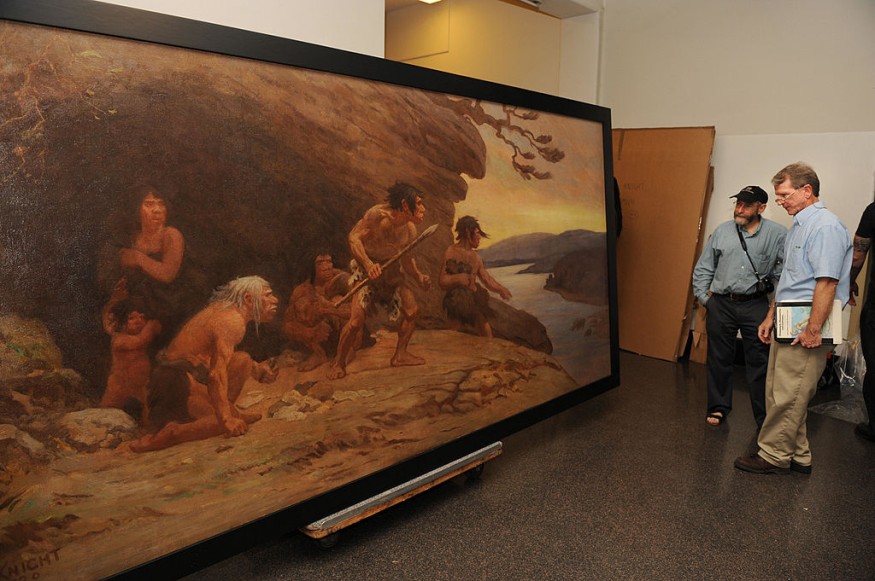A special cave in Spain famed for the extensive prehistoric art in its walls was excavated for the first time by scientists, uncovering pretty fascinating idea on what ancient Neanderthals and modern humans used the cave for, and how long they of which it was used.
The place called Cueva de Ardales, a cave in Málaga in southern Spain, seems to be a special location for ancient humans where they make art and bury their dead, in the course of 50,000 years, ScienceAlert reported. Over 1,000 artworks have been cataloged in the cave's walls which linked the place to art.
"Our research presents a well-stratified series of more than 50 radiometric dates in Cueva de Ardales that confirm the antiquity of Paleolithic art from over 58,000 years ago," according to researchers, led by archaeologist José Ramos-Muñoz from the University of Cadiz in Spain.
"It also confirms that the cave was a place of special activities linked to art, as numerous fragments of ochre were discovered in the Middle Paleolithic levels."
Symbol of Prehistory During the Palaeolithic

From 2011-2018, excavations were carried out in Spain's Cueva de Ardales, a hugely important Palaeolithic site in the south of the Iberian Peninsula, known for its rich inventory of rock art. Spanish-German research team focused the excavation process on the cave's entrance, where the largest assemblage of non-figurative, abstract paintings is found.
The study published in PLOS ONE reveals the nature and chronology of human occupation at the cave using radiocarbon dating.
Researchers dug down different layers, starting from the bottommost to earliest, to access traces of human presence. The dating agrees to previously obtained dates for the oldest paintings in the cave, which was over 58,000 years ago.
"The traces of human activity are ephemeral and point out to very specific activities related to the symbolic use of the cave," the researchers wrote, suggesting that Neanderthals first used the cave for production of rock art 65,000 years ago, while modern humans seem to have arrived in the region around 35,000 years ago.
This means the cave had been unused for quite some time, around 7,000 years.
Symbol of Prehistory During the Early Neolithic
When modern humans arrived at the cave 7,000 years later, findings report that seem to have used the cave for similar purposes to the Neanderthals, and that nothing in the cave suggests it was used for domestic or living space.
The team found lumps of ochre, used for painting or sometimes for rituals, shells and drilled animal teeth, perhaps to be used as jewelry. They also found human remains suggesting that modern humans may have also buried the dead there.
"This non-domestic use of the cave continues later in the Neolithic and Chalcolithic, when the cave was used as burial place," according to the authors.
Nonetheless, it appears like the cave was highly symbolic to both for a long period of time in prehistory, and has now become a significant archaeological site in Europe.
Related article : Ancient City Near Tigris River Emerges After Being Submerged for Decades
© 2025 NatureWorldNews.com All rights reserved. Do not reproduce without permission.





